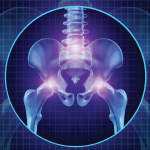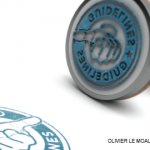We also have a tendency to overestimate benefit and underestimate harm, which is a common propensity among people in general. Doctors need to be aware of this bent. Beyond this, clinicians sometimes don’t understand the evidence. They may lack clinical epidemiology knowledge and crucial skills. When they don’t understand the evidence, they will be more accepting of evidence that supports their beliefs (i.e., confirmation bias) and will be too easily misled by, or susceptible to, unsupported claims. Physicians also tend to want to help patients by doing something, rather than just waiting.
TR: Can you discuss some of your work in reducing low-value care for low back pain around the world?
Dr. Buchbinder: My very first large project when I returned to Australia was an evaluation of a mass media campaign for low back pain that was being planned by the state of Victoria’s workers’ compensation authority because of a huge rise in the cost of workers’ compensation for back pain in the preceding decade. The campaign was based on the provision of very simple messages: if you have back pain, stay active, self-manage, avoid unnecessary imaging and you can stay at work. The campaign was hugely successful in altering the beliefs of doctors and patients, and it also changed management and reduced costs significantly. It remains one of the most effective ways of addressing misconceptions about back pain and has been replicated around the world.10,11
Back pain is really just a part of everyday life, like the common cold, but the problem is that it has been overmedicalized, overinvestigated and overtreated. There are no easy ways of addressing this problem, and it needs a systems approach. My colleagues and I proposed to The Lancet a series about low back pain that would outline the problem and include a call to action to address it worldwide. The three-part series was published in 2018 and generated huge media attention; it also attracted notice from policymakers worldwide (as one example of reach, each of the three papers has been cited more than a thousand times).12-14 One outcome was that the World Health Organization (WHO) developed guidelines for the management of back pain that were released in December 2023, and some of the authors of the series—including me—were involved in their development.15
TR: How can individual rheumatologists think about these topics in their daily practice and help reduce the problems of misdiagnosis, overdiagnosis and waste in medicine?


